
Introducing our new article series with writer Maha Harada. Dive deeper into the world of pearls through her essays and stories exclusive to Mikimoto.
Vol.6
Eureka
An exquisite short story exploring the beauty of dressing and living as your heart desires.
Beth was always surrounded by friends and even had a handsome boyfriend. Filled with admiration, I started sketching her fashion looks in one corner of the classroom.
Vol.5
A midsummer night's dream
The sake I sipped in the UK lulled me into a dreamlike world...
Vol.3
My promise to Vermeer
If I get to see the exhibition, I’ll dedicate a story to it.
That’s the promise I made. To Vermeer.
As an art historian and writer, I found myself out of options in midwinter Amsterdam.
Desperate to see the sold-out Vermeer exhibition,
I rushed over from Paris without a plan...
Maha HARADA
b. 1962 Tokyo, Japan
Based between Tokyo, Paris, Kyoto, and Nagano, Maha Harada is a creative visionary and exceptional storyteller who has produced world-class, category-defying writing.
Harada is one of the founding curators of Tokyo’s acclaimed Mori Art Museum; when it was established, she was sent to represent the Museum as a project researcher at its principal cultural partner, The Museum of Modern Art, New York. It is for this reason that Maha Harada is renowned as Japan’s leading creator of art novels and art entertainment.
She is among Japan’s most talked-about writers and creatives, and her extraordinary experiences give her an unparalleled ability to blend art and literature. Harada’s art novels journey into the past to breathe fresh life into some of the world’s most beloved artists, who still enchant countless people today. These stories transcend time and generation crossing the boundaries of nation and region. At the same time, they are rooted in the experiences of a woman born and raised in Japan.



 Back
Back 

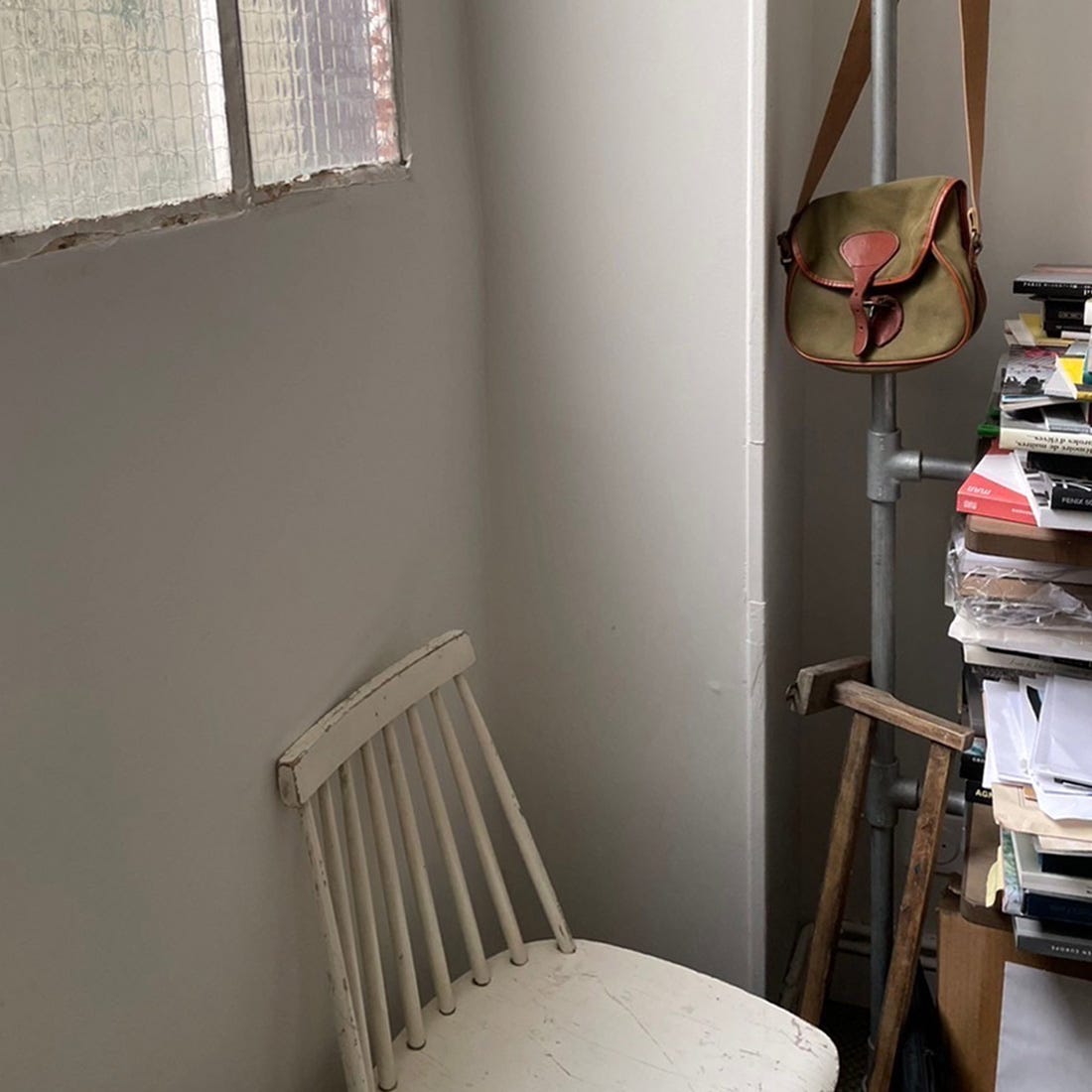
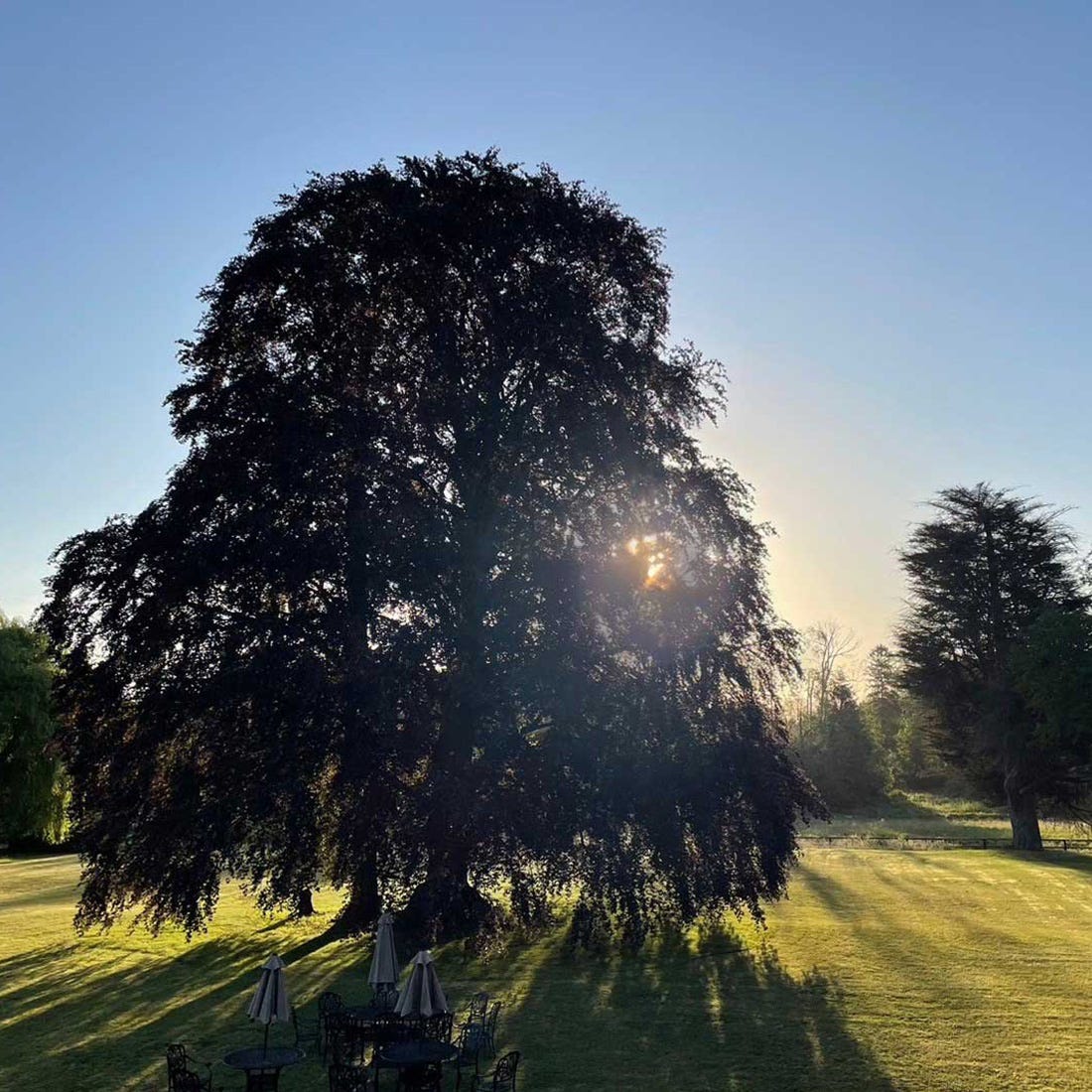
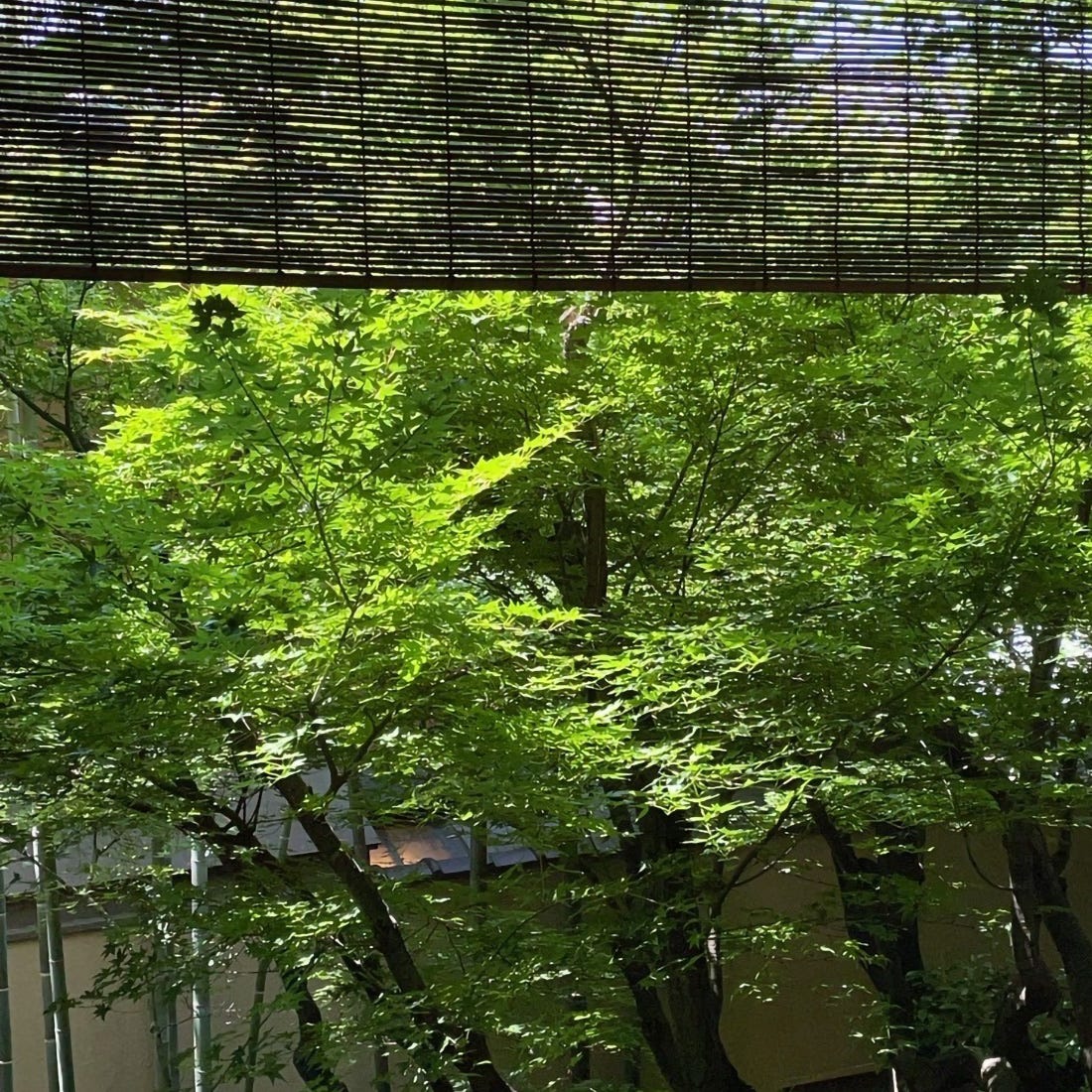
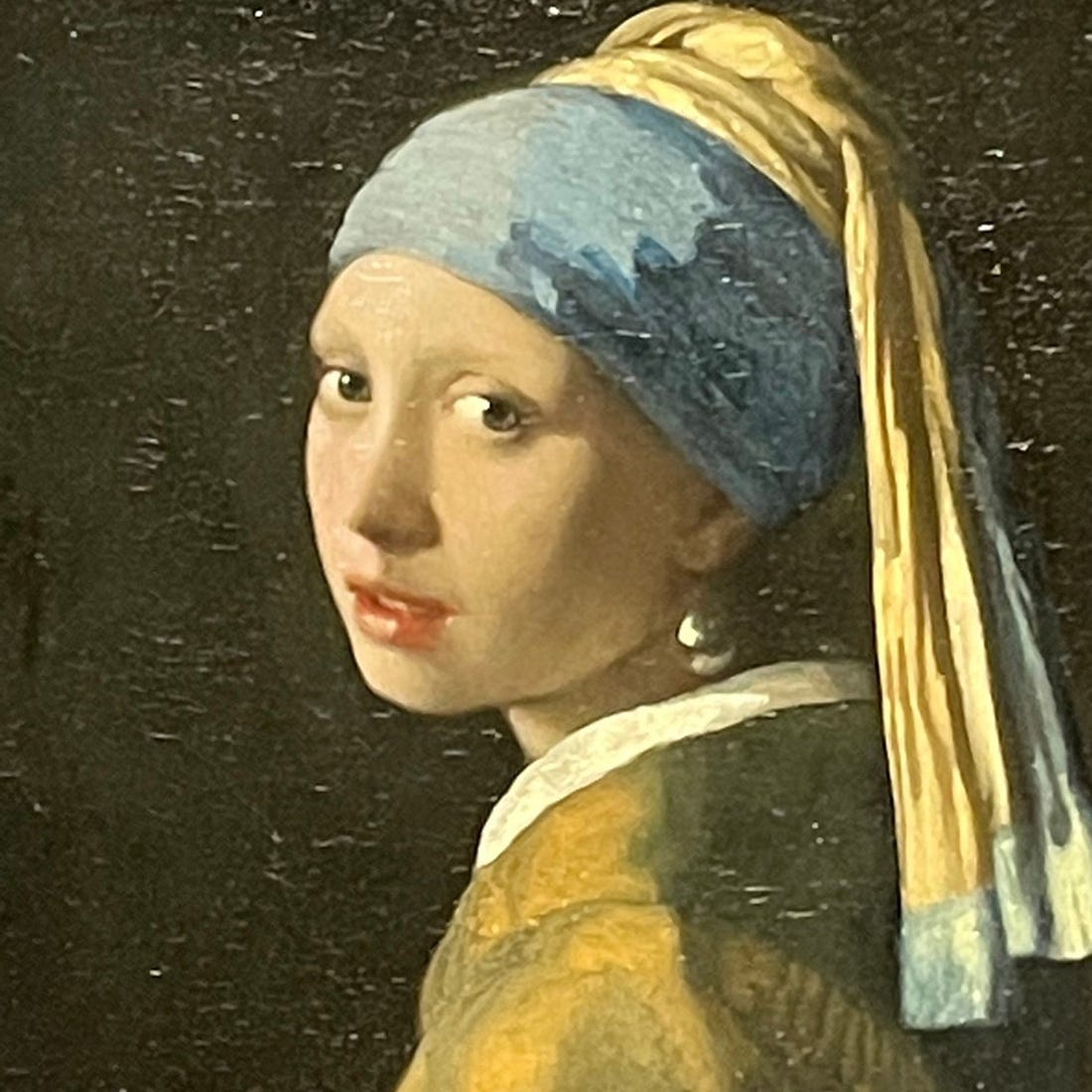

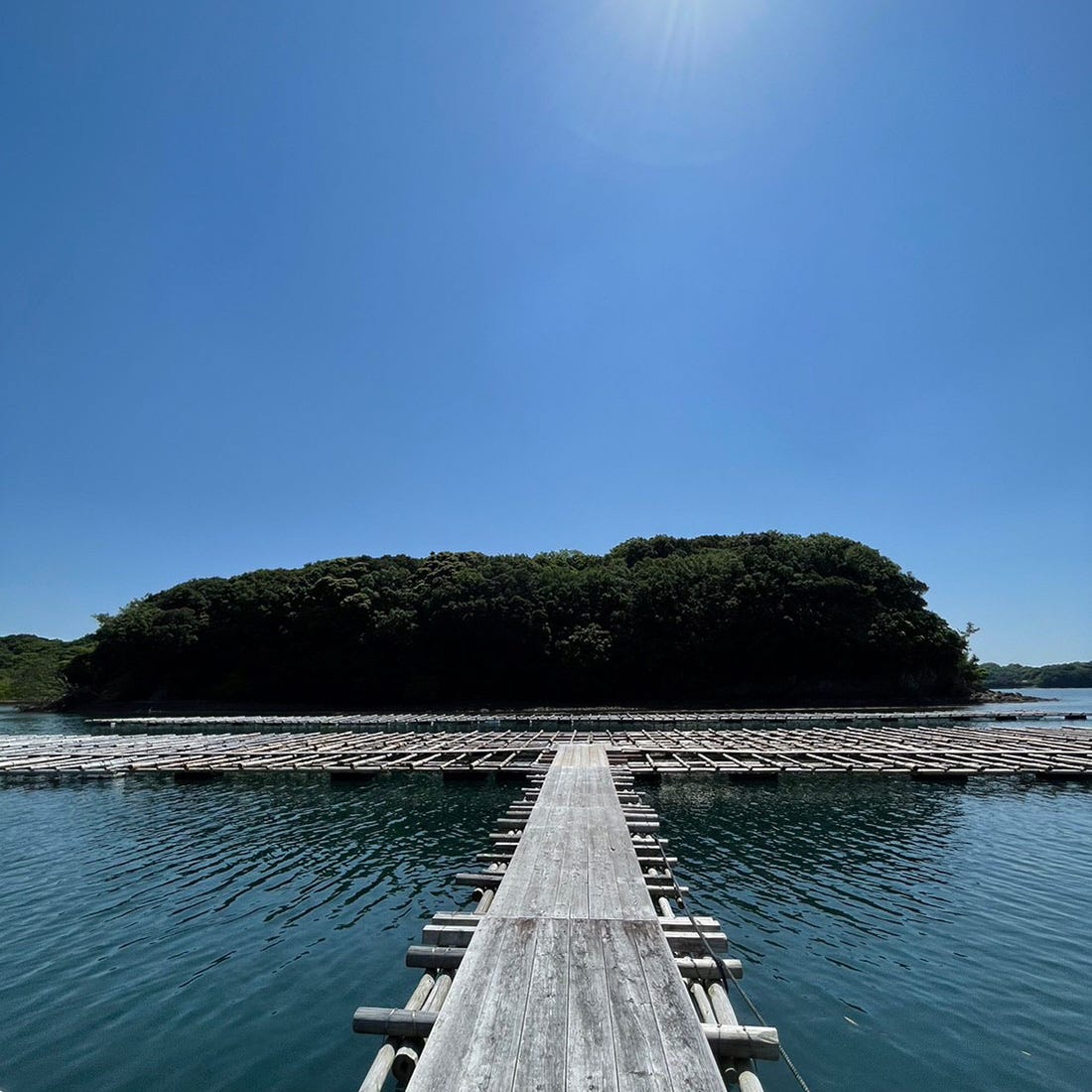
 Back to news and events
Back to news and events